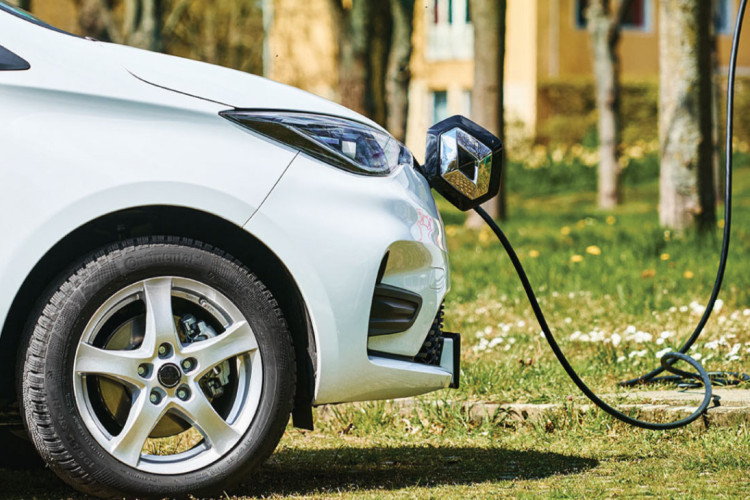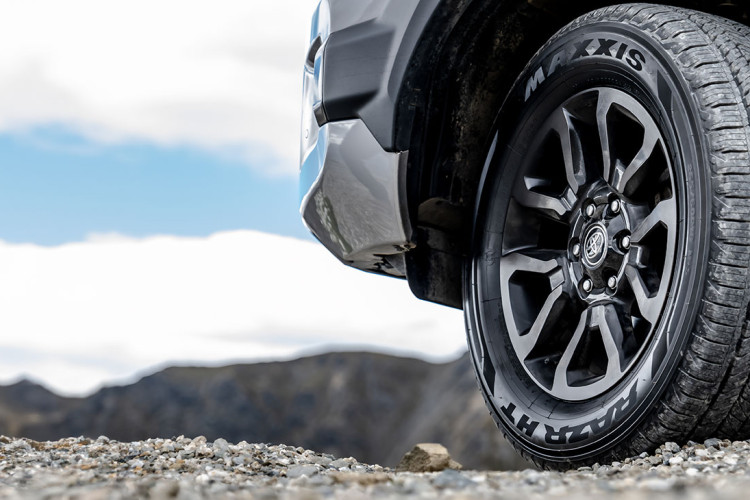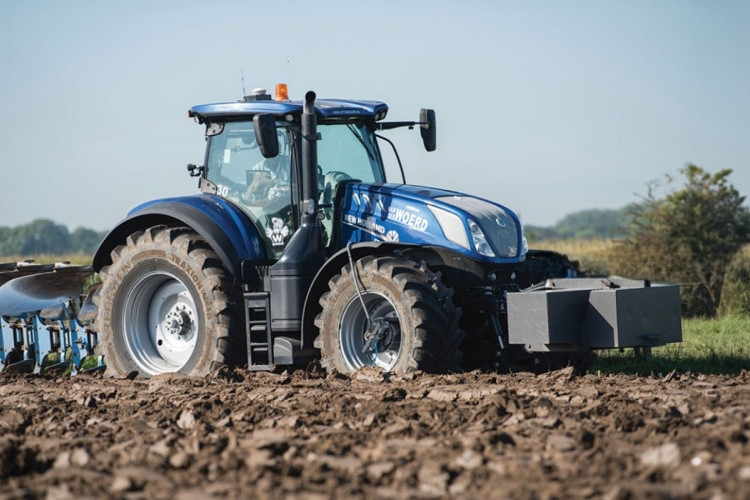Tyres: The underestimated dimension in vehicle safety
Vehicles have the potential to be very dangerous. You’re in a very weighty mass of metal and, even travelling at low speeds, even a minor impact could have serious and potentially grave consequences. Yet we do this on roads. Think about it for a second. Roads came about when vehicles were slow and ponderous. Yet we continue to develop roads with traffic going in each direction. Meaning for large parts of New Zealand, you are driving at up to 100kph, whilst another car is doing the same but in the opposite direction. There is no barrier to separate you. Just a line drawn in the road to mark where to stay, along with the hope any oncoming driver is capable and will not veer into your lane… and you.
Car Safety Features are on the Rise
The good news is automobile manufacturers have done a great job of making their vehicles as safe as possible. Modern cars come equipped with a long list of features, all designed to help us either avoid or survive an accident. Advancements such as anti-lock brakes, electronic stability control, and front and side airbags. A large number of these advances are focused on the ability to retain as much control as possible when an adverse external factor is introduced, such as rain or someone stepping out in front of you. Automatic brakes is a big one. The quicker you react in some situations the better and if an on-board computer is quicker than a human, then brilliant.
There’s an Achilles heel on most cars though. Actually, there are normally 4 of them. And they have the ability to reduce, in some cases significantly, the impact of a number of the most important safety features. You see, any feature that attempts to control the vehicle through a change of direction or braking, places a certain degree of faith in the tyre to perform.

How Much Faith Should We Put in Our Tyres?
Let’s come at this from a slightly different angle. Would you think a modern car is safer than an older car? Let’s say the age gap between them is 15 years. Specifically, let’s take a BMW from 2000 and a BMW from 2015 - a time period that has seen massive developments around braking assistance, steering assistance and stability control. The newer vehicle should handle and brake significantly better. Makes sense doesn’t it?
The boffins at Continental tyres think a little differently. They know the difference a tyre can make. And they set out to prove it. They did exactly what we just mentioned. They took a BMW from 2000 and a comparable model from 2015. The old BMW was fitted with Continental’s own ContiPremiumContact5 tyres. The newer BMW was fitted with ContiPremiumContact tyres - reverse engineered to the level of tyre technology available back in 2000. Then they headed out to the test track for a wet handling test.
The Results
The results were pretty staggering. 15 years of automobile safety advancements were undone. The old BMW with the new tyres performed significantly better. Decisive characteristics in the test, such as wet braking, improved by 19%. It had greatly improved grip and steering commands were executed with increased control and precision.
It’s worth restating what the testing showed for the sake of clarity. It showed an old car with new premium tyres can perform better than a new car with an older generation of tyres. That difference in performance should also be noted again, almost 20%.
As Continental commented; “Over the last 15 years, tyres have been responsible for significant improvements in active safety. To this end, premium tyre manufacturers in particular, including Continental, have developed more advanced compounds, brought the construction of their tyres into line with the state of the art and optimized their tread patterns. As a result, braking distances have become much shorter, handling precision has improved immensely and rolling resistance has been significantly reduced. True, when comparing a new tyre with its direct predecessor, the development engineers can usually claim “only” single-digit improvements in percentage terms. But comparing a tyre from 2000 with a current model reveals what remarkable progress has been made. When the wet braking performance of a current tyre and a tyre with the old design were compared, the difference was almost 20 percent.”
Right then... we hear what you are saying. It’s not quite apples with apples is it? One BMW had a tyre on it with 15 year old tyre technology. Well, consider this...a 15 year old Continental tyre is still better than most so-called ‘new technology’ budget tyres.

What Really Matters?
What the test really shows is the importance of tyres in safety. A new car these days comes with a list of safety features as long as your arm. But fit cheap quality tyres on it and you’re effectively removing a big proportion of those features from the vehicle.
Similarly, you might have an older car and think its not worth paying to put decent tyres on it. Wrong. The best thing you can do to make your car as safe as possible is to invest in some good tyres. It’ll be the most affordable and effective safety upgrade you can do.
Here’s the final thing. The average car in New Zealand is 14 years old. The testing proved a car 15 years old can perform better than a car 15 years newer than it, with the right set of tyres on it. All those ‘average aged’ cars in NZ… they might just be a whole heap safer with some decent rubber.

Stay safe out there.
-
Topics:
- Road Safety
More tips and articles

Tyres for Electric Vehicles

Product Spotlight:
Maxxis HT780 RAZR HT

